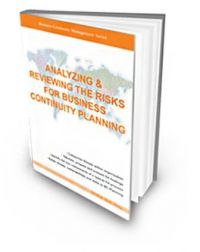Risk Reduction
1. Risk Reduction is to take appropriate actions to lessen the likelihood, negative consequences or both, associated with a risk.
 Note (1): The purpose of Risk Reduction is to reduce the risk to a level which is acceptable to management; by identifying, evaluating and implementing suitable controls or countermeasures. Note (2): Examples of a control is the deployment of more security guards (physical control) and clean desk policy (procedural control). Related Terms: Risk Treatment, Risk Mitigation, Risk Transference.

| ||||||||||||||||||||||

2. Actions taken to lessen the probability, negative consequences, or both, associated with a risk. (Source: ISO 22399:2007 – Societal Security - Guideline for Incident Preparedness and Operational Continuity Management) - clause 3.39
3. A selective application of appropriate techniques and management principles to reduce either probability of an occurrence or its impact, or both. (Source: Singapore Standard 540 - SS 540:2008)

4. A selective application of appropriate techniques and management principles to reduce or mitigate either likelihood of an occurrence or its consequences, or both. (Source: Business Continuity Institute - BCI)
5. Plans and processes that will allow an organization to avoid, preclude, or limit the impact of a crisis occurring. The tasks included in prevention should include compliance with corporate policy, mitigation strategies, and behavior and programs to support avoidance and deterrence and detection.
(Source: ASIS International - ASIS International)
6. The implementation of the preventative measures which Risk Assessment has identified.
(Source: Business Continuity Institute - BCI)
(Source: ENISA - the European Network and Information Security Agency. BCM & Resilience Glossary)
